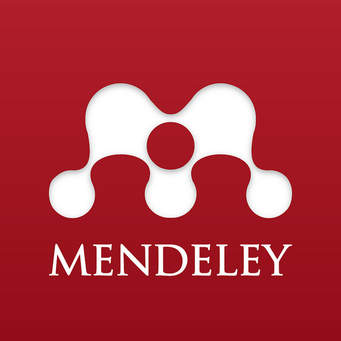Pemberian Buah Naga (Hylocereus Polyrhizus) Terhadap Penurunan Kadar Glukosa Darah Pasien DM Di Wilayah Kerja Puskesmas Tanjung Karang
Abstract
Background. In West Nusa Tenggara the highest prevalence of Diabetes Mellitus is Bima (2.5%). In the city of Mataram the prevalence of diabetes mellitus is around 1.7% and ranks 3rd in 10 districts in West Nusa Tenggara. The 2013 Mataram City Health Profile states that DM is the third highest number of infectious diseases in the city of Mataram. In regulating diet, people with Diabetes Mellitus are advised to pay attention to carbohydrate and fiber intake because it is important in controlling blood glucose. One of the fruits that can be used as blood sugar control is Dragon Fruit (Hylocereus) which has the advantage of being rich in fiber, calcium, magnesium, potassium and sodium. Objective: To determine the effect of giving dragon fruit to the decrease in blood glucose levels when patients with Diabetes Mellitus in Tanjung Karang Health Center.
Research Methods. This type of research is Quasi Experiment with a pre-post control group design. The subjects were divided into 2 groups, namely the treatment group that was given 250 grams of red dragon fruit / day and the control group was not given dragon fruit. Giving dragon fruit is done every day for 10 days. GDS level measurements were carried out using the GCU tool. Blood is taken the day before the intervention and one day after the intervention. Statistical analysis using Independent sample t-test, and Paired t-test.
Research Result. There was a difference in blood glucose levels at the start and end of the treatment group with p <0.05. it was found that the control group's blood glucose reduction rate was -35.4 mg / dl. The highest reduction in blood glucose in the treatment group was in K7 respondents as much as 130 mg / dl and the highest increase in blood glucose was in K1 respondents as much as 159 mg / dl.
Conclusion. There is an effect of giving dragon fruit to the decrease in blood glucose levels when patients with DM in the Tanjung Karang Health Center Work Area.Keywords
Full Text:
PDFReferences
Almatsier, S.2010. Prinsip Dasar Ilmu Gizi. Jakarta : Gramedia Pustaka Utama.
American Diabetes Association (ADA) (2014). Diagnosis and Classification of diabetes mellitus.
Astawan, Made. 2008. Khasiat Warna Warni Makanan. Jakarta : PT Gramedia Utama.
Fathurohman, Irvan, Fadhilah, Marita. 2016. Gambaran Tingkat Resiko Dan Faktor-Faktor Yang Berhubungan Dengan Risiko Diabetes Mellitus Tipe 2 Di Buaran, Serpong.
PERKENI (2015). Konsensus Pengelolaan dan Pencegahan Diabetes Mellitus tipe 2 di Indonesia. Jakarta. PB PERKENI.
Lubis, J.P. 2012. Perilaku Penderita Diabetes Mellitus Rawat Jalan Di RSUD Rantauprapat Kabupaten Labuhanbatu Dalam Pengaturan Pola Makan.
Mahendra, Tobing A, Krisnatuti D AB.2008 Care Your Self Diabetes Mellitus. Jakarta: Penebar Plus.
Nisa, C. 2014. “Pengaruh Pemberian Sari Bengkuang Terhadap Kadar Glukosa Darah Sewaktu Pasien Diabetes Mellitus Tipe 2 Di Wilayah Kerja Puskesmas Naggalo”.KTI. Padang: Poltekkes Kemenkes Padang.
Wiardani, Ni Komang., Moviana,Yenny., Puryana. 2014. Jus Buah Naga Merah Menurunkan Kadar Glukosa Darah Penderita DMT2. Jurnal Skala Husada. Vol.11 (1) 59-60.
Wicaksono R. Faktor-Faktor Yang Berhubungan Dengan Kejadian Diabetes Mellitus Tipe 2.FK. UNDIP, 2009.
World Health Organization. (2014). Prevention of Blindness from Diabetes Mellitus: Report of a WHO consultation in Geneva, Switzerlan 9- 11 November 2005. Jenewa: WHO
DOI: https://doi.org/10.32807/jgp.v3i2.116
Refbacks
- There are currently no refbacks.
Copyright (c) 2019 Jurnal Gizi Prima

This work is licensed under a Creative Commons Attribution-ShareAlike 4.0 International License.
Address:
Jurnal Gizi Prima (Prime Nutrition Journal) 2656-2480 Kampus A Poltekkes Kemenkes Mataram, Jurusan Gizi, Jl. Praburangkasari Dasan Cermen Sandubaya Mataram.





